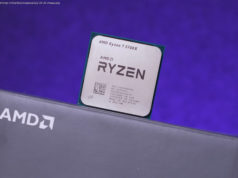The Japan Trench is located on the « Pacific Ring of Fire, » a region of special interest in earthquake and deep-water research.
The Japan Trench is located on the « Pacific Ring of Fire, » a region of special interest in earthquake and deep-water research.
« It is here that oceanic plates bend, form ultra-deep-water trenches and move below overriding plates in so-called subduction zones, while accumulating long-term global plate tectonic strain, » says Dr. Ken Ikehara from National Institute of Advanced Industrial Science and Technology, Japan, and co-chief scientist of IODP Expedition 386. « This energy is released cataclysmically during so-called megathrust earthquakes, like it happened in 2011 during the devastating Tohoku-oki Earthquake. »
Earthquake-related seafloor deformation and shaking can remobilize large amounts of sediments and fresh organic carbon that is subsequently transferred by gravity flows into the terminal sink of hadal trench basins. In order to study the long-term history of megathrust earthquakes and investigate the roles of earthquakes in the ultra-deep-water environment, the IODP Expedition 386 team has collected and analyzed 58 sediment cores taken from holes cored up to 37.82 meters deep in the sea bed at 15 sites along the 500-km-long trench axis.
« These operational expedition achievements of successful deep-subsurface sampling at water depths between 7,445 and 8,023 m below sea level set two new records in over 50 years of scientific ocean drilling and coring, » says Prof. Michael Strasser from the University of Innsbruck and co-chief scientist of the IODP Expedition 386. « We have cored the deepest water site at a water depth of 8,023 meters and recovered the deepest sub-sea level sample from 8,060.74 meters below sea level. »
Analysis of such unprecedented samples and research led by Prof.






